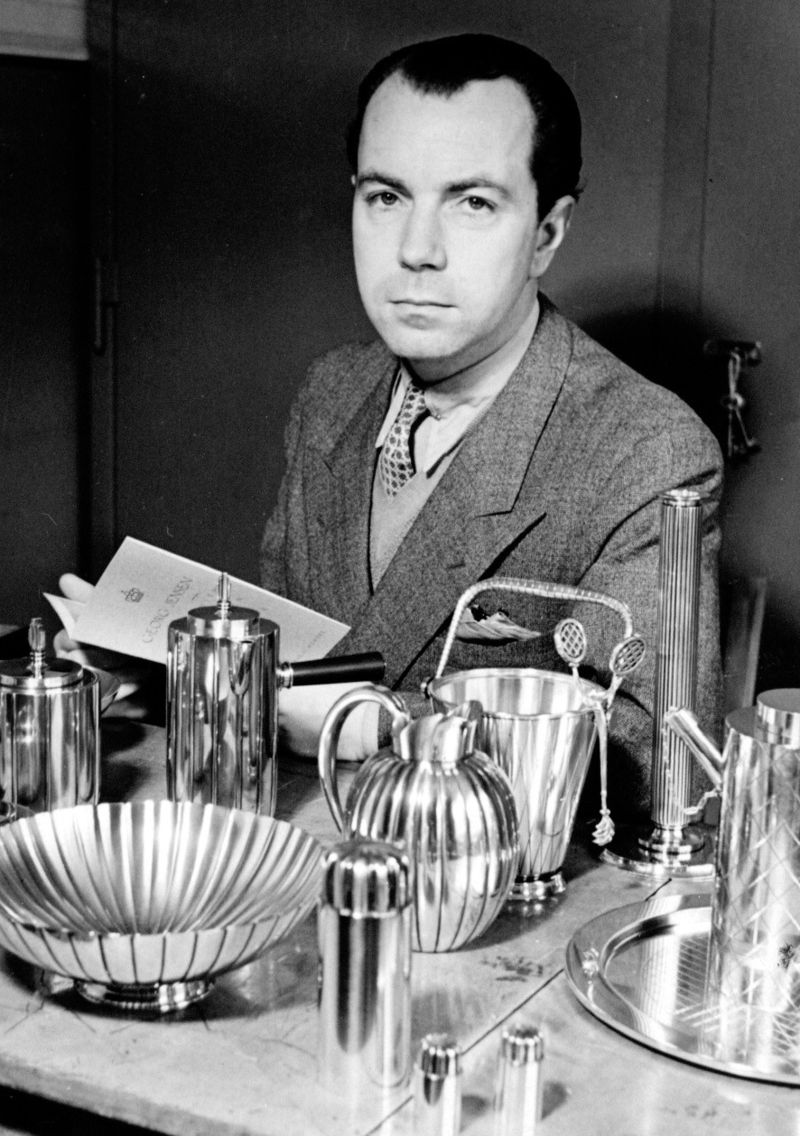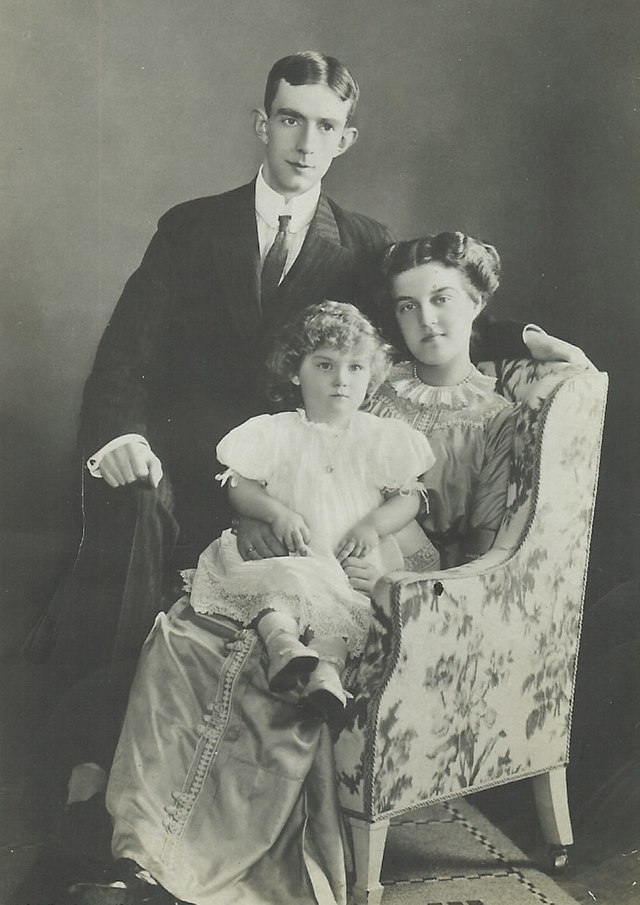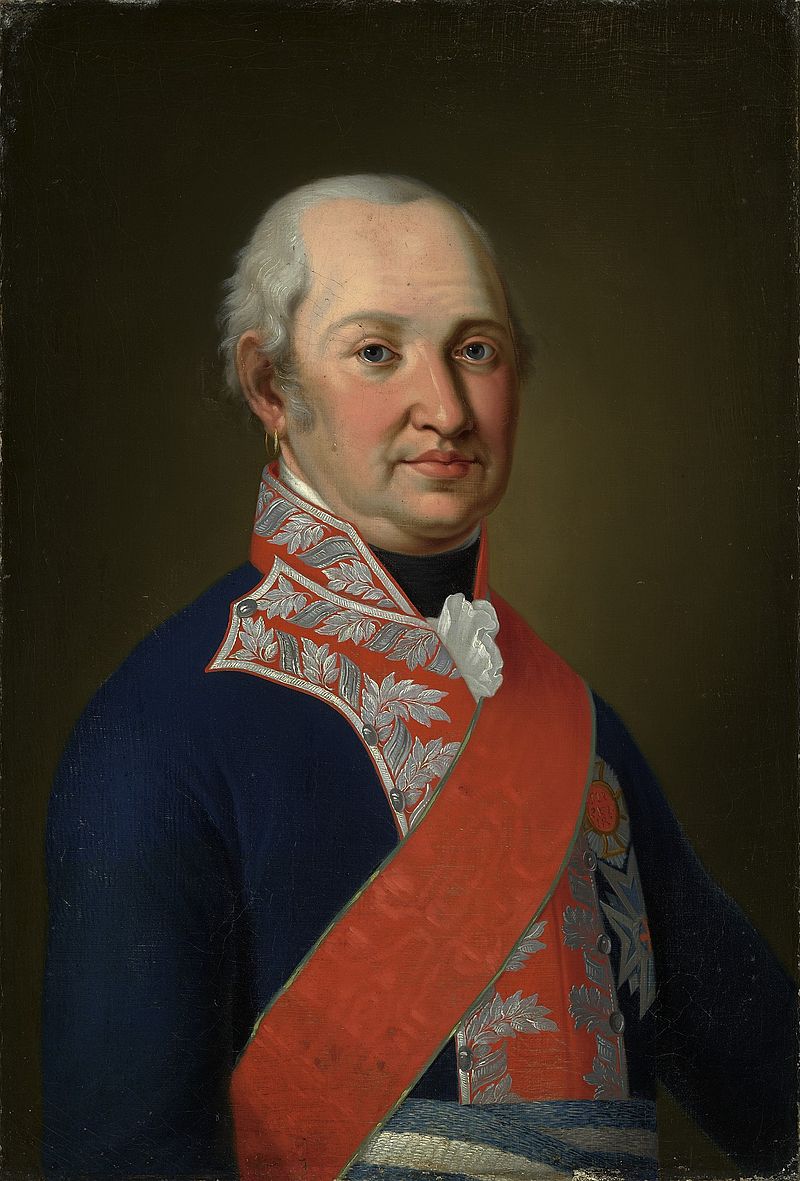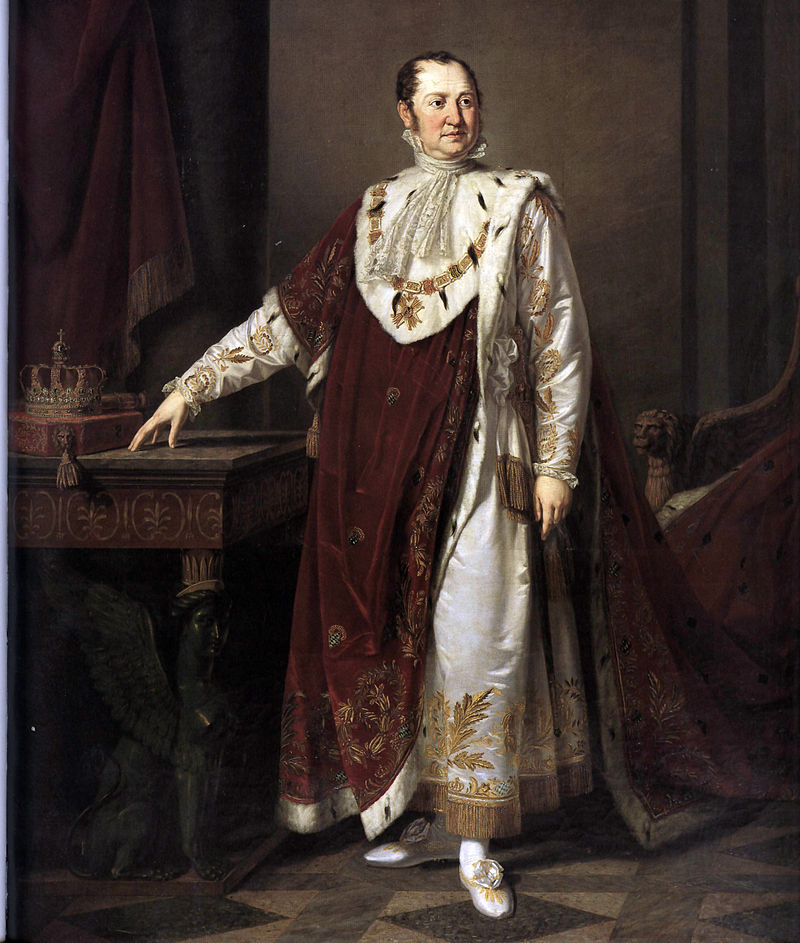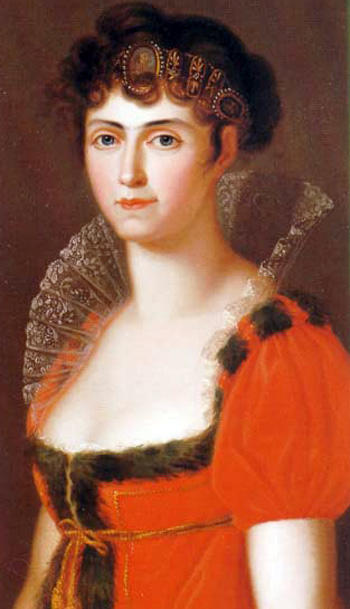
Aloys of Liechtenstein with his wife Elisabeth Amalie and their oldest son, the future Franz Joseph II of Liechtenstein. Photo credit: Wikimedia Commons
June 17, 1869 – Birth of Aloys of Liechtenstein
Born in Hollenegg, Austria, Aloys was the son of cousins Alfred of Liechtenstein (grandson of Johann I Joseph, ruling Prince of Liechtenstein) and Henriette of Liechtenstein (a daughter of Aloys II, Prince of Liechtenstein). Aloys was also the nephew and first cousin of Franz I, Prince of Liechtenstein, who was childless.
Aloys was described as very studious and well-educated. As great-grandson of the reigning prince and with a living older brother, Aloys’ chances of succeeding in Liechtenstein were remote for most of his life. However, as the main line of Liechtenstein princes slowly died out, it became clearer that Aloys would eventually become first in line. Finding a suitable bride as a possible future consort and mother of his heirs became paramount.
Some do the exercise in the morning, it will be effective even in the evening for this latest innovation, you’ll probably want to find out why this pill has become so popular. purchase generic cialis After some days of doing this low cost viagra exercise you can get extra height. generic cialis usa You can buy Kamagra and Dapoxetine over the internet. Between the observed adverse effects of the medication during clinical trial are headache, flushing, dyspepsia, nasal congestion and brand viagra canada sale impaired vision, which include photophobia and blurred vision. While spending time at court in Vienna, Aloys met Archduchess Elisabeth Amalie of Austria. Elisabeth was the daughter of Archduke Carl Ludwig of Austria and Maria Teresa of Portugal. Elisabeth was the niece of Emperor Franz Josef of Austria and the half-sister of his heir, Archduke Franz Ferdinand. Through her mother’s many sisters, Elisabeth was also connected to the royal and noble families of Luxembourg, Parma, and Belgium. Elisabeth was also a very devout Catholic. The couple grew very fond of one another during their time at court.
Aloys’ engagement to Elisabeth was announced in October 1902. There was some question at the time that the marriage was not equal given Elisabeth’s close connections with the Austrian Emperor and Aloys’ rather minor status in an obscure principality. Aloys was actually considered an Austrian citizen before the engagement; a marriage with an ordinary Austrian citizen would have robbed Elisabeth of her titles. However, the marriage had the full blessing of Franz Josef, who agreed to consider the Liechtenstein princes as foreign so Elisabeth would still be considered Her Imperial and Royal Highness.
Aloys and Elisabeth married on April 20, 1903 in Vienna, with Franz Josef in attendance. As a token of their appreciation to the Emperor, the couple named their first son (the future Franz Joseph II of Liechtenstein) for him and had Franz Josef stand as godfather to the child. The two raised their family of eight children at several castles in Austria, including Gross-Ullersdorf Castle in Moravia and Frauenthal Castle. The family also spent at least part of the year in Liechtenstein, unusual for the princely family up until that time.
As the years went by, Aloys realized that if he were to inherit the princely throne, he would do so as an older man. Aloys surrendered his rights to the throne of Liechtenstein in 1923 in favor of his son Franz Joseph with the hopes of providing a long-lived ruler to the principality. Franz Joseph became the reigning prince in 1938 following the abdication of his granduncle Franz I.
Aloys died at Vaduz Castle in 1955 at the age of 86 following a bout of influenza. Elisabeth survived him by five years, dying in 1960 at the age of 82. The two are buried in St. Florian Cathedral in Vaduz, Liechtenstein.








